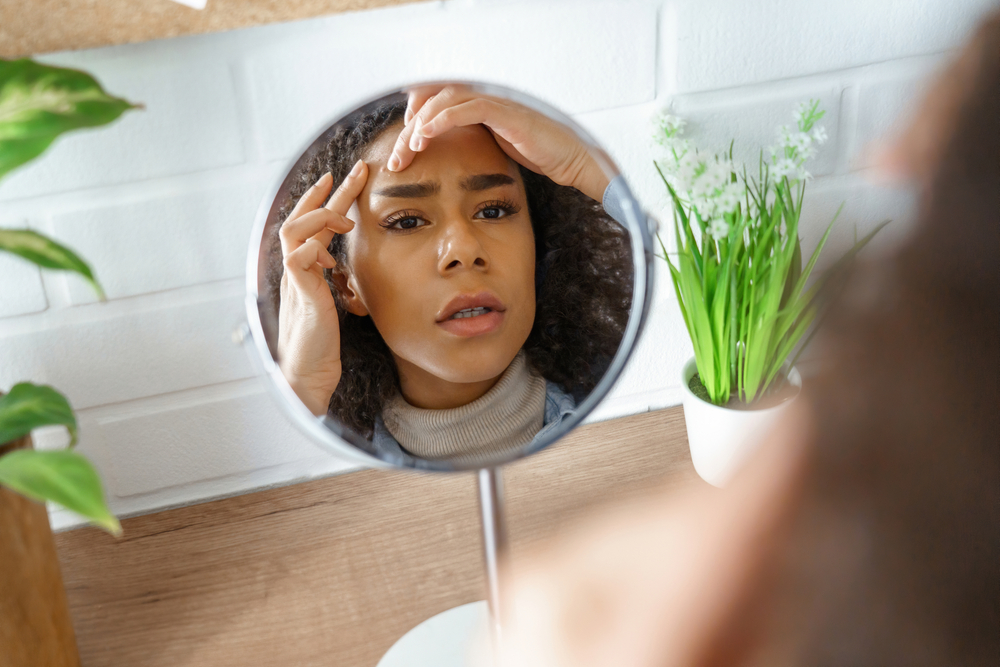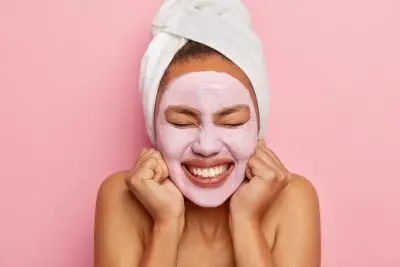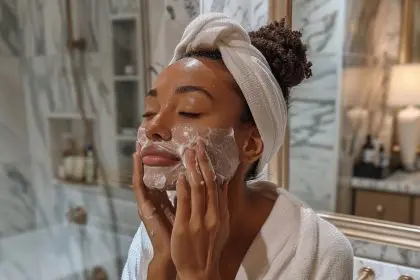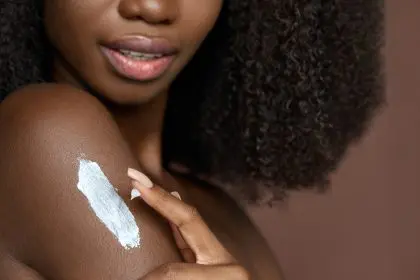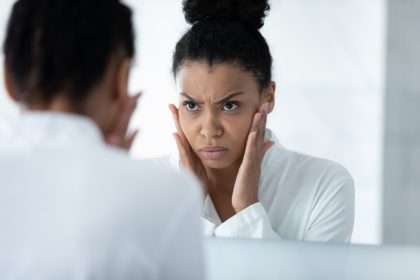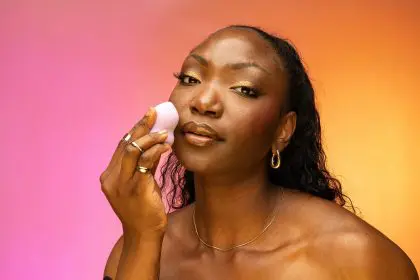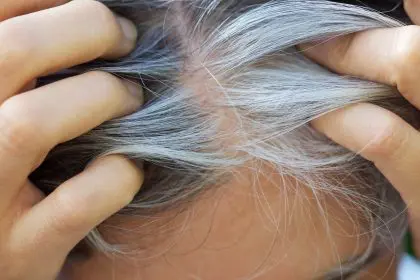The promise seems irresistible: pay hundreds of dollars for a professional facial and walk out with glowing, flawless skin that looks camera-ready. Instead, many people find themselves dealing with angry red bumps, painful cysts, and skin that looks worse than before they stepped foot in the spa. This devastating aftermath has become so common that it deserves serious examination of what’s really happening behind those luxurious treatment room doors.
Professional facials have exploded in popularity, with millions of people seeking these treatments as regular maintenance for their skin. The industry promotes these services as essential for healthy skin, but the reality often contradicts the marketing promises. Understanding why professional facials can backfire helps consumers make informed decisions about their skincare investments and avoid costly mistakes that can take months to reverse.
The disconnect between expectations and results stems from fundamental misunderstandings about how skin actually responds to aggressive treatments. Many facial procedures that feel luxurious and relaxing can actually traumatize the skin’s delicate ecosystem, triggering inflammatory responses that manifest as breakouts, sensitivity, and long-lasting damage.
Over-extraction creates microscopic wounds and infection risks
The most dramatic part of many professional facials involves aggressive extraction of blackheads, whiteheads, and other impurities from the pores. This process, while satisfying to watch, can create numerous microscopic wounds across the face that become entry points for bacteria and other harmful substances.
Professional extractions often involve applying significant pressure to force stubborn blockages from deep within pores. This mechanical trauma tears the delicate lining of pores and can push infected material deeper into the skin rather than removing it completely. The result is inflammation that spreads beneath the surface, creating new breakouts in areas that weren’t previously problematic.
The tools used for extractions, despite appearing sterile, can harbor bacteria that transfer from one area of the face to another during the treatment process. Even properly sanitized instruments can pick up bacteria from one pore and deposit it into the next extraction site, creating a chain reaction of infection across the entire face.
Many aestheticians apply excessive force during extractions, believing that aggressive techniques produce better results. This approach damages the structural integrity of pores, making them more likely to become clogged again in the future. The trauma also triggers the skin’s inflammatory response, leading to redness, swelling, and the formation of new blemishes.
The timing of extractions within the facial process often compounds the damage. When extractions occur early in the treatment, subsequent steps involving masks, serums, and massage can introduce irritating substances directly into the freshly wounded tissue, amplifying inflammation and increasing the risk of adverse reactions.
Chemical peels strip away protective barriers
Professional facials frequently incorporate chemical peels using acids like glycolic, salicylic, or lactic acid to remove dead skin cells and reveal fresher skin underneath. While these treatments can produce immediate smoothness, they also strip away the skin’s natural protective barrier, leaving it vulnerable to environmental damage and bacterial invasion.
The concentration of acids used in professional settings often exceeds what most skin types can safely tolerate. Aestheticians may use higher concentrations to produce more dramatic immediate results, but this approach can cause chemical burns that manifest as redness, peeling, and increased sensitivity that lasts for weeks.
Chemical peels alter the skin’s natural pH balance, disrupting the acid mantle that normally protects against harmful bacteria and environmental toxins. This disruption creates an environment where acne-causing bacteria can thrive, leading to breakouts in people who rarely experience blemishes under normal circumstances.
The removal of the skin’s outer protective layers also increases photosensitivity, making the skin more susceptible to sun damage and hyperpigmentation. Many people experience darkening of treated areas when they return to their normal activities without realizing their skin has become more vulnerable to UV radiation.
Recovery from aggressive chemical peels can take several weeks, during which the skin remains compromised and prone to irritation from products and environmental factors that wouldn’t normally cause problems. This extended vulnerability period often catches people off guard, leading to additional skin damage as they resume their regular routines too quickly.
Harsh mechanical exfoliation damages skin structure
Professional facials often incorporate aggressive mechanical exfoliation using rotating brushes, microdermabrasion devices, or abrasive scrubs that promise to remove dead skin cells and improve texture. These treatments can actually damage the skin’s structure and trigger inflammatory responses that worsen overall skin condition.
Mechanical exfoliation devices used in professional settings operate at high speeds and apply significant pressure to achieve dramatic results in a single session. This aggressive approach can create microscopic tears in the skin’s surface, disrupting the natural cell renewal process and leading to irregular healing patterns that manifest as bumps, rough patches, and increased sensitivity.
The rotating brushes commonly used in professional facials can harbor bacteria deep within their bristles, despite surface cleaning between clients. These devices can transfer harmful microorganisms from one person’s skin to another, creating cross-contamination that leads to unexpected breakouts and infections in previously clear skin.
Over-exfoliation from professional treatments removes too many layers of skin at once, exposing immature cells that aren’t ready to face environmental challenges. These newly exposed cells lack the proper protective mechanisms, making them more susceptible to damage, infection, and inflammatory responses that result in persistent skin problems.
The frequency of professional mechanical exfoliation often exceeds what skin can safely handle. Many aestheticians recommend monthly or bi-weekly treatments without considering individual skin tolerance levels, leading to cumulative damage that manifests as chronic inflammation, increased breakouts, and premature aging.
Product overload overwhelms sensitive skin systems
Professional facials typically involve applying multiple active ingredients in concentrated formulations within a single treatment session. This product overload can overwhelm the skin’s natural processing capabilities, leading to adverse reactions and breakouts in people who normally tolerate skincare products well.
The layering of different serums, masks, and treatments during a single facial can create chemical interactions that weren’t intended by the individual product manufacturers. These unplanned combinations can produce irritating compounds or cancel out beneficial effects, resulting in skin that reacts poorly despite using high-quality individual products.
Many professional-grade products contain concentrations of active ingredients that exceed what most people use in their daily routines. The sudden introduction of these potent formulations can shock the skin system, triggering inflammatory responses that manifest as redness, breakouts, and prolonged sensitivity.
The timing of product application during facials often doesn’t allow adequate absorption between steps. When multiple products are applied in rapid succession, they can create barriers that prevent proper penetration, leading to surface buildup that clogs pores and creates breeding grounds for bacteria.
Professional treatments frequently introduce ingredients that conflict with existing skincare routines or medications. Without thorough consultation about current product usage, aestheticians may apply treatments that interact negatively with retinoids, prescription medications, or other active ingredients, creating adverse reactions that can last for weeks.
Stress and hormonal responses sabotage results
The physical manipulation involved in professional facials can trigger stress responses in the body that directly impact skin condition. The combination of physical discomfort, unfamiliar environments, and pressure to achieve perfect results can elevate stress hormones that worsen existing skin conditions and create new problems.
Cortisol and other stress hormones released during intensive facial treatments can increase oil production, promote inflammation, and slow the skin’s natural healing processes. This hormonal cascade can continue for days after the treatment, leading to delayed breakouts that seem unrelated to the facial itself.
The disruption of sleep patterns that often follows aggressive facial treatments can compound hormonal imbalances that affect skin health. Many people experience difficulty sleeping after intensive treatments due to skin sensitivity, discomfort, or anxiety about their appearance, creating a cycle that perpetuates skin problems.
Professional facials can trigger fight-or-flight responses in people who are sensitive to touch or uncomfortable with intimate contact. This physiological stress response affects blood flow, immune function, and healing processes in ways that can manifest as increased breakouts and delayed recovery from treatment-related trauma.
The social pressure to maintain perfect skin after expensive professional treatments can create ongoing stress that interferes with natural healing. People often become hyper-focused on every minor skin change, leading to over-treatment with additional products or procedures that compound the original problems.
Poor aftercare guidance compounds problems
Many professional facial providers fail to give adequate guidance about post-treatment care, leaving clients to navigate the recovery period without proper support. This lack of direction often leads to mistakes that worsen treatment-related side effects and extend recovery times significantly.
The failure to warn clients about increased photosensitivity after chemical treatments leads to sun damage that compounds the original skin trauma. Many people resume normal outdoor activities without realizing their skin has become more vulnerable to UV radiation, resulting in hyperpigmentation and delayed healing.
Inadequate instructions about product compatibility during the recovery period can lead clients to continue using incompatible skincare products that interfere with healing. The combination of post-treatment sensitivity with regular skincare routines can create ongoing irritation that prevents skin from recovering properly.
The lack of realistic timelines for recovery sets inappropriate expectations about how quickly skin should return to normal after professional treatments. When clients don’t see immediate improvement, they often add additional products or treatments that interfere with the natural healing process.
Professional providers often minimize potential side effects during consultation, leaving clients unprepared for normal post-treatment reactions. This lack of transparency creates anxiety and poor decision-making when clients experience expected but unwanted effects like temporary breakouts or increased sensitivity.
Prevention strategies for better outcomes
Understanding these hidden risks allows consumers to make informed decisions about professional facial treatments and take steps to minimize potential problems. Choosing qualified providers who prioritize skin health over dramatic results represents the most important factor in avoiding adverse outcomes.
Thorough consultation before any professional treatment should include detailed discussion of current skincare routines, medications, skin sensitivities, and realistic expectations for results. Providers who rush through consultations or dismiss client concerns about potential reactions should be avoided.
Patch testing of products and procedures on small skin areas before full facial treatments can help identify potential adverse reactions before they affect the entire face. Reputable providers should offer this precautionary step, especially for people with sensitive skin or histories of product reactions.
Gradual introduction of professional treatments allows skin to adapt to new procedures and products without overwhelming its natural defense systems. Starting with gentler treatments and building up intensity over time produces better long-term results with fewer adverse effects.
Post-treatment care planning should begin before the facial appointment, with clear instructions about product restrictions, sun protection, and signs that warrant professional attention. Having a recovery plan in place helps clients navigate the healing period successfully and avoid common mistakes that worsen outcomes.
The reality of professional facials contradicts much of the marketing that surrounds these treatments. Understanding why skin can look worse after expensive professional care empowers consumers to make better decisions about their skincare investments and avoid costly mistakes that can take months to correct. The key lies in realistic expectations, careful provider selection, and proper preparation for the recovery process that follows any intensive skincare treatment.

